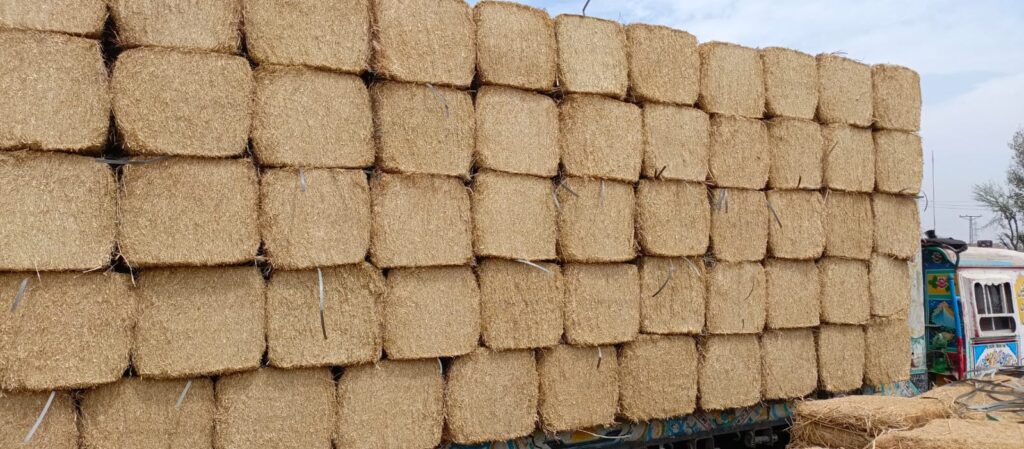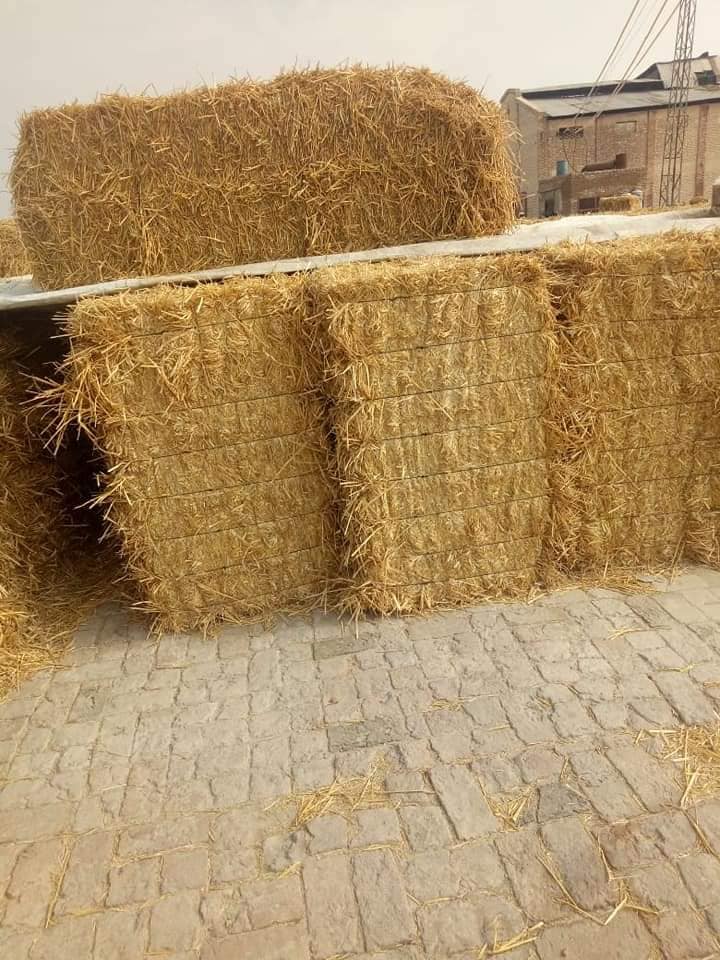Discover the natural, sustainable choice for animal care with Wheat Straw. These bales are not just a feed option; they embody a commitment to nurturing livestock in harmony with the environment.
Wheat Straw doesn’t stop at just being feed—it serves a dual purpose as comfortable bedding. This functional use not only reduces waste but also provides a cozy environment, making it an all-around efficient choice for farm management.
Wheat Straw Bales offer an unparalleled blend of environmental and nutritional benefits. Cultivated sustainably, they serve as a high-fiber feed option that supports healthy digestion in livestock. Their natural production process ensures minimal environmental impact, making them a conscientious choice for eco-minded farmers.
Trust in the reliable quality and consistency of Wheat Straw Bales. Each bale undergoes stringent checks to guarantee safety and uniformity, ensuring your animals are provided with the best feed available. This dedication to quality means peace of mind for you and optimal health for your livestock.

Chopped wheat straw is a byproduct of wheat harvesting, made from the stalks left behind after the grain has been harvested. The straw is cut or shredded into smaller pieces, making it easier to handle and increasing its versatility. Here are some common uses and benefits of chopped wheat straw:
Short wheat straw offers several unique advantages due to its smaller size and different handling characteristics. Here are the main benefits:
Short wheat straw’s quick decomposition and easy handling make it a versatile option for both agricultural and small-scale applications.

Long-stem wheat straw is straw harvested from wheat with longer stalks, typically cut close to the ground to preserve length. This type of straw is sought after for various purposes, including animal bedding, mulching, composting, erosion control, and even decorative or crafting uses, like in basket weaving or as rustic decor.
Uses
This type of straw is known for its length and durability and is sought after for various uses, such as:
These qualities make long-stem wheat straw a versatile choice in farming, gardening, and crafting.
Main College Road Lahore, Pakistan.
124 City Road London, EC1V 2NK
albarikwoodline@gmail.com
+923004386748
Copyright © 2024 Wheat Straw Bales